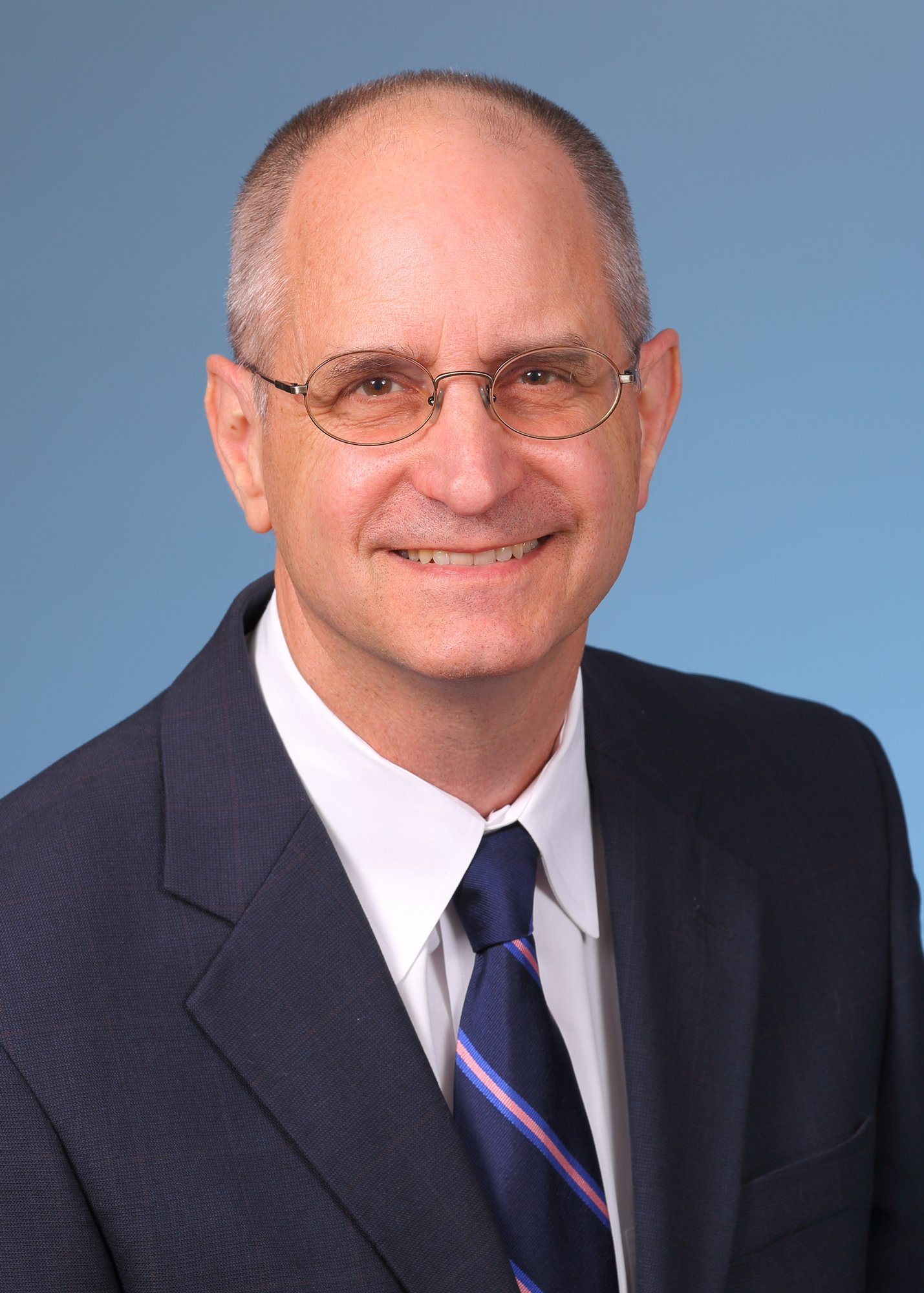May 2023 President's Report
By Ronald K. Burns, PE, LSP, LEED AP, Principal Engineer, Arcadia Technology, Inc. and BSCES President
 This month’s theme is Utility Engineering. This field of engineering focuses on the unique challenges faced in the construction of utility projects. Utilities are the backbone of our nation’s infrastructure providing essential electricity, natural gas, water, and wastewater services to our communities.
This month’s theme is Utility Engineering. This field of engineering focuses on the unique challenges faced in the construction of utility projects. Utilities are the backbone of our nation’s infrastructure providing essential electricity, natural gas, water, and wastewater services to our communities.
I got a first-hand look at the challenges and complexity of this work as I watched, from my home office, one of National Grid’s major underground electric power cable projects. The project was to replace an aging cable with new ones that improve reliability, lower repair and maintenance costs, and provide increased capacity for future electric power needs.
It seemed like there was not a spot near my house that didn’t have spray paint marking out a utility. Some of those markings were for a large MWRA sewer interceptor. The sewer main was an antique that was over 100 years old and made of brick. One of the biggest challenges in the project was the crossing of the cable over this “delicate” but essential utility. National Grid contractors installed a vibration sensor below ground near the sewer main before they started working in the area to monitor the potential impact of the construction work. They also conducted precision surveying of the area to monitor any settlement. They then installed four 35-foot-deep piles on either side of the sewer main. Then a large concrete duct bank was installed that acted as a saddle/bridge over the sewer main. The piers were used to support the duct bank and safely transfer the load to below the sewer line. All of this was done in the middle of the day on the busy Rte. 3A roadway, which required careful choreography by the construction crew to keep the work going, traffic moving, and everyone safe. The work was completed without any apparent damage to the venerable MWRA sewer line. Watching this over the last several weeks gave me a deeper appreciation of the efforts made to keep our lights on and sewers working!
I recommend you look at the excellent articles from authors at BL Companies and VHB. Our featured group is the Utility Engineering and Surveying Institute Boston Chapter. The group’s chair Peter Nardini, from Simpson Gumpertz & Heger Inc., has written an article about the chapter and its activities. Also, please note that the chapter’s executive committee is looking for new members. If you would like to get involved, please contact Peter at pdnardini@sgh.com or uesi@bsces.org.
Lastly, I want to invite all of you to our 174th Annual BSCES Awards Dinner, which is scheduled for Thursday, June 29, 2023, at the Royal Sonesta Boston Hotel in Cambridge, MA. This is a great event that celebrates the achievements of our members and others in our community who have contributed to the civil engineering profession and general welfare. Click here for more information including how to register for the dinner. I hope to see you there.